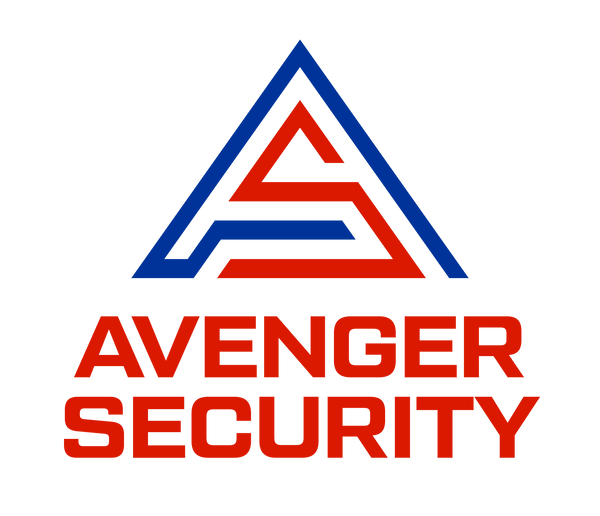Commercial Fire Alarm Systems Annual Testing and TAG Requirements
Commercial Fire Systems encompass an array of components designed to detect and respond to fires in commercial and industrial settings. These systems typically include smoke detectors, heat detectors, fire alarms, sprinklers, fire extinguishers, and control panels. Their primary purpose is to swiftly identify a fire and initiate the necessary measures to contain or extinguish it.
The Role of TAG in Fire System Standards
The Technical Advisory Group, commonly referred to as TAG, is a pivotal entity in the realm of fire safety. TAG is responsible for formulating, revising, and maintaining industry standards and codes related to fire protection systems. Comprising experts, engineers, and stakeholders, TAG ensures that Commercial Fire Systems meet the highest benchmarks of safety and performance.
Regulatory Framework for Commercial Fire Systems
The regulatory landscape governing Commercial Fire Systems is robust and rigorously enforced. Various national and international bodies, such as the National Fire Protection Association (NFPA), the International Fire Code (IFC), and the International Building Code (IBC), establish the standards that govern the design, installation, and maintenance of these systems.
Testing and Inspection Requirements
Ensuring the reliability and functionality of Commercial Fire Systems requires a systematic approach to testing and inspection. These procedures serve as the bedrock for maintaining compliance with regulatory standards and maximizing the system's effectiveness. Below are the key testing requirements that must be adhered to:
1. Routine Inspections
Regular visual inspections are essential for identifying any obvious signs of wear and tear, damage, or tampering. These inspections, conducted by qualified technicians, encompass checks on detectors, alarms, control panels, and sprinkler heads. They serve as the initial line of defense in preventing potential system failures.
2. Functional Testing
Functional testing involves a thorough evaluation of each component's operational capabilities. This includes the activation of smoke and heat detectors, testing of alarm signals, and ensuring that sprinklers and fire suppression systems are in working order. Functional testing should be conducted at least annually and after any system modifications.
3. Sensitivity Testing
Smoke detectors are pivotal elements in Commercial Fire Systems. Ensuring their accuracy and sensitivity is critical to timely fire detection. Periodic sensitivity testing is required to verify that detectors can adequately respond to different types and densities of smoke.
4. Flow Testing for Sprinklers
Sprinkler systems are designed to dispense water or suppression agents when a fire is detected. Conducting regular flow tests ensures that these systems can deliver the required volume of water to effectively control or extinguish a fire. This test is typically performed annually.
5. Suppression System Testing
Specialized suppression systems, such as those using clean agents or foam, require specific testing to ensure their functionality. This includes pressure testing, discharge tests, and inspections of agent containers.
6. Record Keeping and Documentation
Accurate and detailed record-keeping is an integral aspect of compliance with fire system testing requirements. Documentation should include testing dates, results, any corrective actions taken, and the signatures of the individuals who conducted the tests.
Benefits of Adhering to Testing Requirements
Ensuring compliance with Commercial Fire System testing requirements offers a multitude of benefits for building owners, occupants, and the broader community:
1. Early Fire Detection and Response
Regular testing and inspections enhance the likelihood of early fire detection, allowing for quicker response times and minimizing potential damage.
2. Compliance with Regulatory Standards
Adhering to testing requirements ensures that the Commercial Fire System meets or exceeds the standards set forth by regulatory bodies, reducing legal liabilities.
3. Enhanced Safety for Occupants
A properly functioning fire system provides peace of mind for occupants, knowing that their safety is a top priority.
4. Mitigation of Property Damage
Early detection and suppression of fires can significantly reduce property damage, potentially saving millions in restoration costs.
5. Protection of Business Continuity
A well-maintained fire system contributes to business continuity by minimizing downtime and disruptions caused by fire-related incidents.
In conclusion, Commercial Fire Systems, regulated by Technical Advisory Groups and stringent testing requirements, play a crucial role in safeguarding lives and property. Adhering to these standards not only ensures compliance but also maximizes the system's effectiveness in the event of a fire. Regular testing and inspections should be viewed not only as legal obligations but as a commitment to the safety and well-being of all those who interact with commercial spaces.

